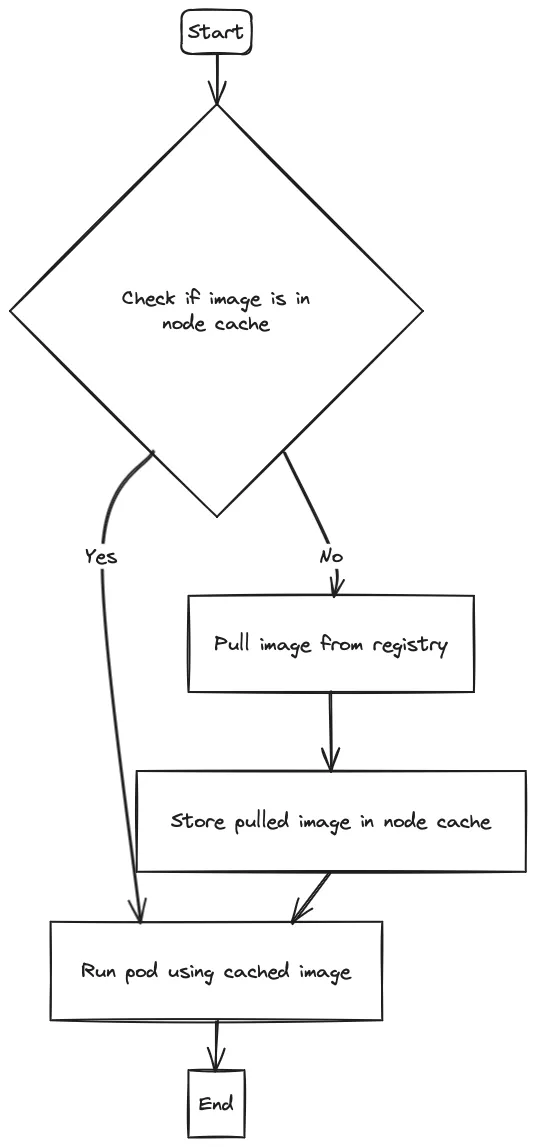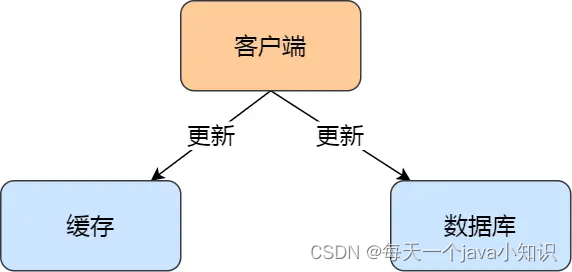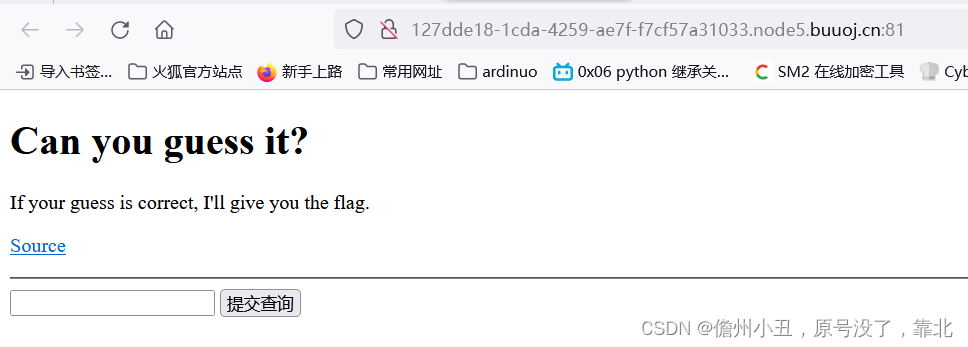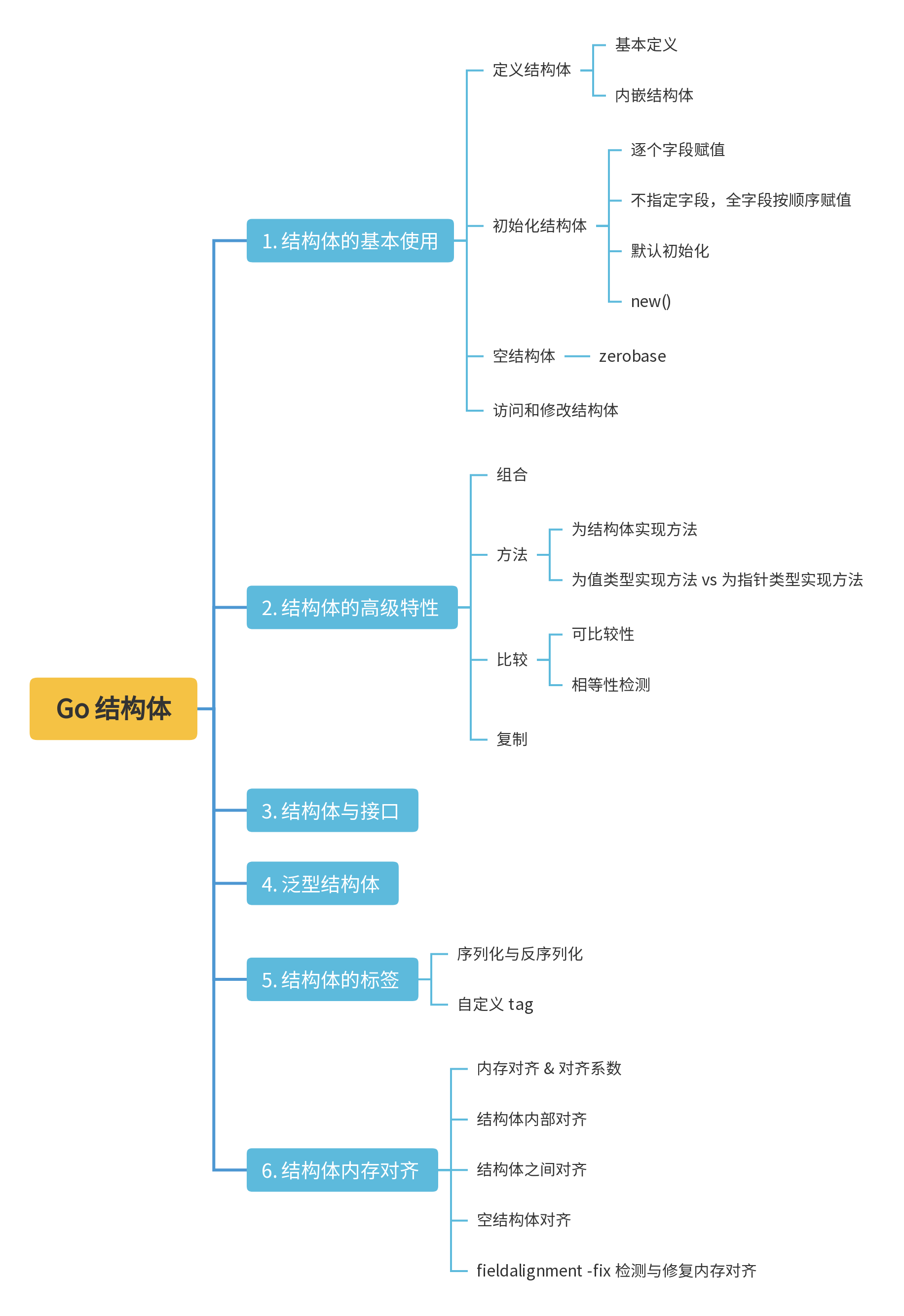在线工具站
- 推荐一个程序员在线工具站:程序员常用工具(http://cxytools.com),有时间戳、JSON格式化、文本对比、HASH生成、UUID生成等常用工具,效率加倍嘎嘎好用。
程序员资料站
- 推荐一个程序员编程资料站:程序员的成长之路(http://cxyroad.com),收录了一些列的技术教程、各大面试专题,还有常用开发工具的教程。
小报童专栏精选Top100
- 推荐一个小报童专栏导航站:小报童精选Top100(http://xbt100.top),收录了生财有术项目精选、AI海外赚钱、纯银的产品分析等专栏,陆续会收录更多的专栏,欢迎体验~
在现代 Web 应用开发中,性能优化是一个永恒的话题。而缓存作为提升系统性能和减轻数据库压力的有效手段,得到了广泛应用。Spring Boot 作为一个流行的 Java 框架,提供了简便的缓存集成方式。
一、为什么使用缓存
在讨论技术实现之前,我们先来了解一下缓存的好处:
- 减少数据库访问:通过缓存,可以将频繁访问的数据保存在内存中,减少数据库查询次数,从而降低数据库负载。
- 提高响应速度:内存访问速度远快于数据库查询,使用缓存可以显著提升应用响应速度。
- 提升系统性能和扩展性:缓存可以分担部分数据访问压力,提高系统整体性能,并支持大规模用户访问。
二、Spring Boot 集成缓存的准备工作
在 Spring Boot 中,集成缓存非常方便,只需添加相关依赖和配置即可。
1. 添加依赖
首先,在你的 pom.xml 文件中添加缓存相关的依赖。Spring Boot 支持多种缓存实现,如 EhCache、Caffeine、Redis 等。以下是添加 Caffeine 缓存依赖的示例:
<dependency>
<groupId>org.springframework.boot</groupId>
<artifactId>spring-boot-starter-cache</artifactId>
</dependency>
<dependency>
<groupId>com.github.ben-manes.caffeine</groupId>
<artifactId>caffeine</artifactId>
</dependency>
如果你使用的是 Gradle,可以在 build.gradle 文件中添加以下依赖:
implementation 'org.springframework.boot:spring-boot-starter-cache'
implementation 'com.github.ben-manes.caffeine:caffeine'
2. 启用缓存
在 Spring Boot 应用的主类上添加 @EnableCaching 注解,以启用缓存功能:
import org.springframework.boot.SpringApplication;
import org.springframework.boot.autoconfigure.SpringBootApplication;
import org.springframework.cache.annotation.EnableCaching;
@SpringBootApplication
@EnableCaching
public class CacheApplication {
public static void main(String[] args) {
SpringApplication.run(CacheApplication.class, args);
}
}
三、缓存配置
在 application.properties 或 application.yml 文件中进行缓存配置。以下是使用 Caffeine 缓存的配置示例:
application.properties
spring.cache.caffeine.spec=maximumSize=1000,expireAfterWrite=10m
application.yml
spring:
cache:
caffeine:
spec: maximumSize=1000,expireAfterWrite=10m
这里配置了缓存的最大条目数为 1000,并且缓存条目在写入 10 分钟后过期。
四、使用缓存
Spring Boot 提供了一组注解来简化缓存操作:
@Cacheable:将方法的返回值缓存起来,以后调用时如果缓存中有值则直接返回缓存值。@CachePut:将方法的返回值更新到缓存中。@CacheEvict:从缓存中移除一个或多个条目。@Caching:组合多个缓存操作。
1. 使用 @Cacheable
在需要缓存的方法上添加 @Cacheable 注解:
import org.springframework.cache.annotation.Cacheable;
import org.springframework.stereotype.Service;
@Service
public class UserService {
@Cacheable("users")
public User getUserById(Long id) {
// 模拟数据库查询
simulateSlowService();
return new User(id, "John Doe");
}
private void simulateSlowService() {
try {
Thread.sleep(3000L); // 模拟延时
} catch (InterruptedException e) {
Thread.currentThread().interrupt();
}
}
}
在上面的示例中,第一次调用 getUserById 方法时会模拟数据库查询(延时 3 秒),结果会被缓存起来,后续相同参数的调用会直接返回缓存值。
2. 使用 @CachePut
当需要更新缓存时,可以使用 @CachePut 注解:
import org.springframework.cache.annotation.CachePut;
import org.springframework.stereotype.Service;
@Service
public class UserService {
@CachePut(value = "users", key = "#user.id")
public User updateUser(User user) {
// 更新数据库
return user;
}
}
3. 使用 @CacheEvict
当需要移除缓存中的条目时,可以使用 @CacheEvict 注解:
import org.springframework.cache.annotation.CacheEvict;
import org.springframework.stereotype.Service;
@Service
public class UserService {
@CacheEvict(value = "users", key = "#id")
public void deleteUser(Long id) {
// 从数据库删除用户
}
}
4. 使用 @Caching
如果需要组合多个缓存操作,可以使用 @Caching 注解:
import org.springframework.cache.annotation.Caching;
import org.springframework.stereotype.Service;
@Service
public class UserService {
@Caching(
put = { @CachePut(value = "users", key = "#user.id") },
evict = { @CacheEvict(value = "users", key = "#user.id") }
)
public User saveOrUpdate(User user) {
// 保存或更新用户
return user;
}
}
五、缓存的监控和统计
对于生产环境中的缓存应用,监控和统计缓存的使用情况是至关重要的。Caffeine 提供了内置的统计功能,可以通过配置启用。
启用缓存统计
在 application.properties 或 application.yml 文件中添加配置:
spring.cache.caffeine.spec=maximumSize=1000,expireAfterWrite=10m,recordStats
spring:
cache:
caffeine:
spec: maximumSize=1000,expireAfterWrite=10m,recordStats
访问缓存统计
通过注入 CacheManager 获取缓存统计信息:
import com.github.benmanes.caffeine.cache.Cache;
import com.github.benmanes.caffeine.cache.Caffeine;
import org.springframework.beans.factory.annotation.Autowired;
import org.springframework.cache.caffeine.CaffeineCache;
import org.springframework.cache.caffeine.CaffeineCacheManager;
import org.springframework.stereotype.Service;
@Service
public class CacheStatisticsService {
@Autowired
private CaffeineCacheManager cacheManager;
public void printCacheStats() {
CaffeineCache caffeineCache = (CaffeineCache) cacheManager.getCache("users");
Cache<Object, Object> nativeCache = caffeineCache.getNativeCache();
System.out.println("Cache Stats: " + nativeCache.stats());
}
}
六、总结
通过本文的介绍,我们学习了如何在 Spring Boot 项目中集成缓存功能。缓存作为提升系统性能的重要手段,在实际应用中有着广泛的应用场景。Spring Boot 提供了简洁的缓存集成方式,使得我们能够方便地使用缓存来优化系统性能。










































